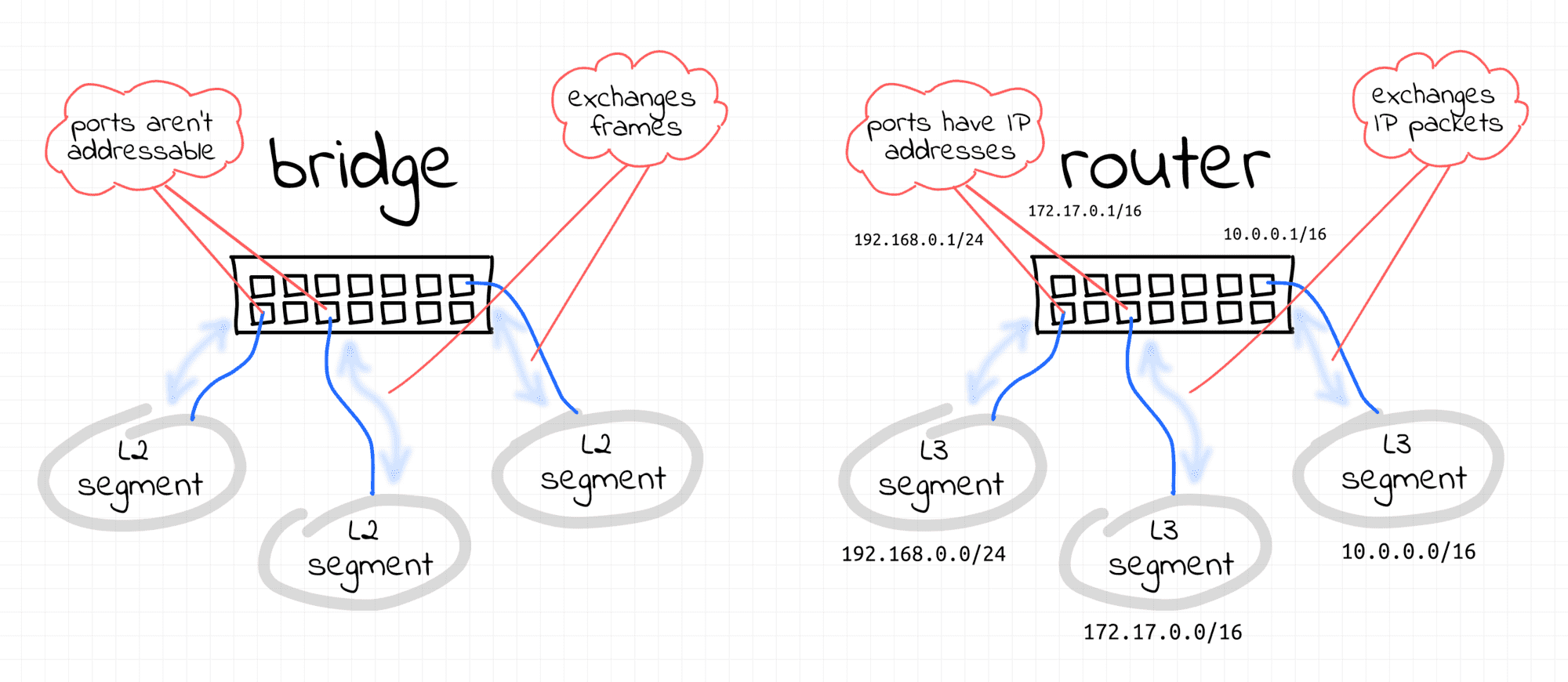



This is the case with many ASUS, Linksys, and even Synology routers. Some routers can even be configured into a mesh with software. TP-Link's OneMesh extenders, for example, can act as a mesh when paired with a compatible TP-Link Archer router. If you want the flexibility of a standard router but need the improved coverage of a mesh, you have a few options.
Mesh router vs regular android#
(Image credit: Samuel Contreras / Android Central) mesh networking: Mesh networking with a standard router These drawbacks aside, a simple Wi-Fi extender is a quick and cheap way to fix a single dead spot and a great idea if the rest of your Wi-Fi network is working well. Many mesh systems can use a dedicated band to connect the nodes, so they don't have this issue at all. This is due to these extenders being dual-band and needing to share the 5GHz band between the source and your devices. This means your Wi-Fi network can only run at 50% speed whenever you're connected through the extender (not your internet speeds, which are usually much slower than your actual Wi-Fi network). Some cheaper and older Wi-Fi extenders create a completely new Wi-Fi hotspot so you would have to switch your connection manually.Īnother quirk of using a network extender is that it often cuts the available bandwidth in half.
Mesh router vs regular password#
Luckily, some newer extenders will use the same Wi-Fi name and password as your primary router so your devices can connect to them without registering a new Wi-Fi hotspot. Usually, they're very easy to set up using a network cable or an online settings page, Wi-Fi extenders are also compact and only need a power connection. Wireless extenders do precisely what their name implies - they take your existing Wi-Fi signal and repeat the signal to extend its range. If everything is working well in parts of your home that are close to the router or that aren't blocked by things not Wi-Fi friendly - the walls of your bathroom are notorious Wi-Fi signal blockers because of the special drywall used and all the copper pipes inside them - you could be the perfect candidate for a wireless extender instead of setting up a whole new network.Ī Wi-Fi extender is a cheap way to fix a single dead spot in your Wi-Fi coverage, but there are drawbacks. For example, you have great Wi-Fi in the kitchen or living room, but the connection quality drops when you go downstairs or into the bedroom. mesh networking: Are you just trying to fix a dead spot? The ASUS GT-AX11000 Pro, for example, uses this extra spectrum to deliver dual 160MHz bands without dipping into the much more fickle DFS bands. While 160MHz is available at 5GHz, it's much more limited, leading most people to stick with 80MHz even with supported equipment.Įven so, some newer Wi-Fi 6 routers have adopted new UNII-4 rules which allow for more versatile 160MHz coverage at 5GHz. The 6GHz space, however, does have much more open space than you can find at 5GHz and even allows for up to seven 160MHz channels without any overlap. Still, Wi-Fi 6E-enabled mesh networks can use this 6GHz spectrum as a high-speed mesh link such as the TP-Link Deco XE75. This evolution of Wi-Fi 6 adds support for 6GHz Wi-Fi bands though coverage has proven to fall short of the bar set by 5GHz once you move to another room. Wi-Fi 6E routers, like the incredible ASUS ROG Rapture AXE16000, are also now available from several manufacturers. Wi-Fi 6 is also backward compatible, so if you're ready for a new router, your older Wi-Fi devices will work like a charm. Adopting this new tech was a bit slow to start, but most new phones and computers to come out in the past year come with Wi-Fi 6. Also called 802.11ax, Wi-Fi 6 is the follow-up to 802.11ac, and it brings with it some speed and coverage improvements. Wi-Fi 6 has been with us for a few years now but it's still the most sensible solution for many.


 0 kommentar(er)
0 kommentar(er)
